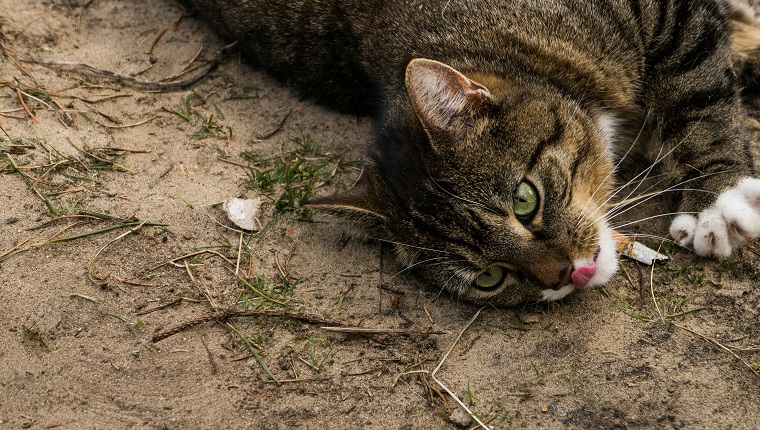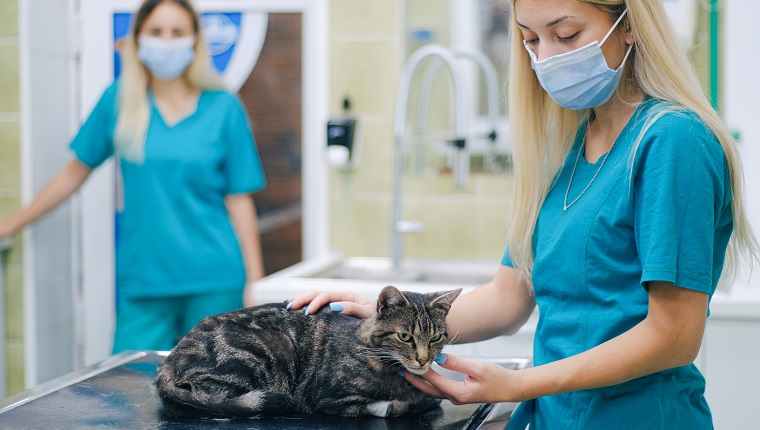Nocardiosis in cats is a bacterial infection that cats usually pick up from decaying soil.
It isn’t the most common medical condition. However, due to its stubborn nature and ability to affect a number of parts of a cat’s body including the nervous and respiratory systems, it’s important that affected cats receive proper treatment quickly.
If you see signs that your feline might be suffering from an infection, then you must consult your veterinarian for a proper diagnosis and course of treatment. Here’s what you should know about the symptoms, causes, and treatments of nocardiosis in cats.
Symptoms Of Nocardiosis In Cats
Nocardiosis in cats can result in a pretty wide range of symptoms depending on which parts of the cat’s body have been affected. In general, some of the most common symptoms include:
- Fever
- Breathing difficulties
- Losing weight
- Ulcers in the mouth
- Cuts and wounds that don’t seem to be healing
- Acting lethargic
- Lesions on the skin
Causes Of Nocardiosis In Cats

Cats primarily pick up nocardiosis by coming into contact with contaminated soil. This can happen by inhaling the air around decaying soil or by bacteria entering a cat’s body through open wounds.
For this reason, cats granted outdoor privileges usually have greater risk of contracting the disease than felines living an indoors lifestyle.
In general, cats with compromised immune systems also have a higher risk of developing the condition.
Treatments For Nocardiosis In Cats
If you think that your cat might have contracted nocardiosis, then your veterinarian will want to examine cells from their thorax and abdomen. Additionally, vets can find urine tests and X-rays useful in ruling out other conditions that could produce similar symptoms.
Treatment will depend on which parts of the body have been affected by the infection. In many cases, cats will require a hospital visit to make sure they don’t suffer from dehydration.
Vets also often consider surgically draining accumulated fluids around any infected areas when providing treatment.
In the majority of cases, veterinarians will prescribe a course of antibiotics. As always, if your vet prescribes medication for your kitty, then you must adhere to the recommended frequency and dosage instructions, along with completing the full course of medicine.
In general, you can reduce the chances of your cat contracting this disease by making sure to thoroughly clean any cuts or wounds that you notice. Ask your vet for advice on how to safely clean your cats wounds if you’re unsure about the process.
Has your cat ever developed nocardiosis? What were some of the symptoms you noticed? Tell us all about it in the comments below.









